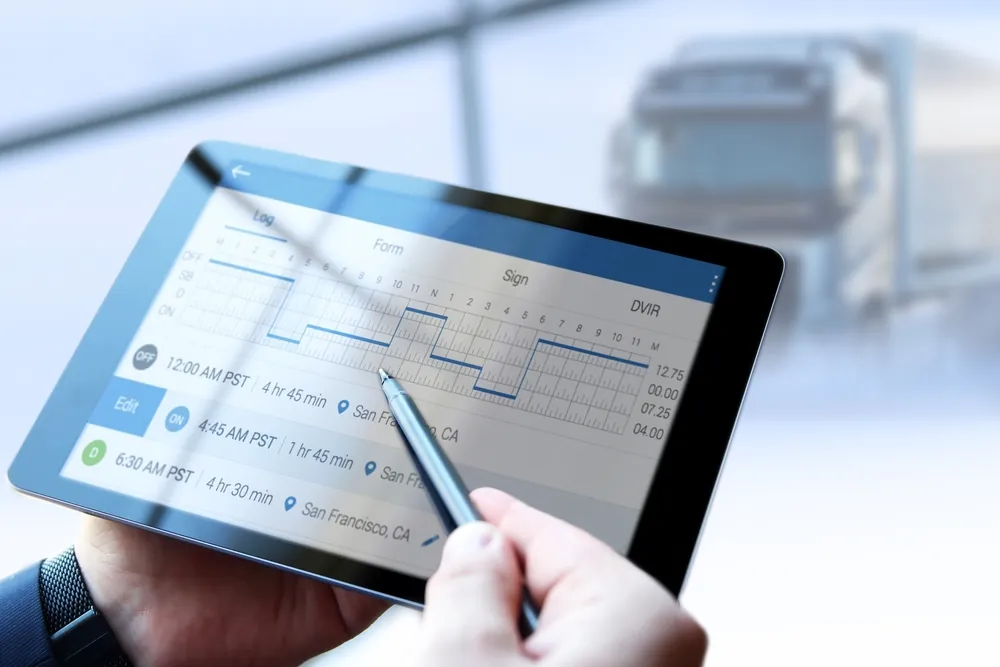Hitchman Homestead creates unique pioneer-inspired works of art. Learn how FreightCenter helps ship their one of a kind western works.



Hitchman Homestead creates unique pioneer-inspired works of art. Learn how FreightCenter helps ship their one of a kind western works.

We’re sure you’re hoping for better things to come in 2021 – we are too!

Glider kits provides businesses with an alternative to new, high-priced semi trucks.

More Capacity could heat the competition.

Discover effective strategies for avoiding billing adjustments in shipping and logistics. Learn how to minimize errors, reduce costs, and streamline your billing processes for smoother operations.

Expert Spotlight: Jamie Smith, Director of Logistics. Talks and tips and tricks and simply finding the best shipping solutions.

We’ve helped thousands of businesses and individuals all over the world get their goods from point A to point B for the holiday season.

Electronic Logging Devices create a safer work environment for drivers, tracking records. Learn about the economic impact of electronic logging devices.

The freight shipping industry is a complex business. Here are some of the benefits of partnering with a 3PL to make shipping easy.

Learn what the trucking terms backhaul, headhaul, and deadhead mean to the freight and trucking industry.
Thousands of businesses trust FreightCenter to move their freight faster, smarter, and cheaper! From unbeatable rates to top-notch service, our customers are raving about their shipping success.
See why they keep coming back!
